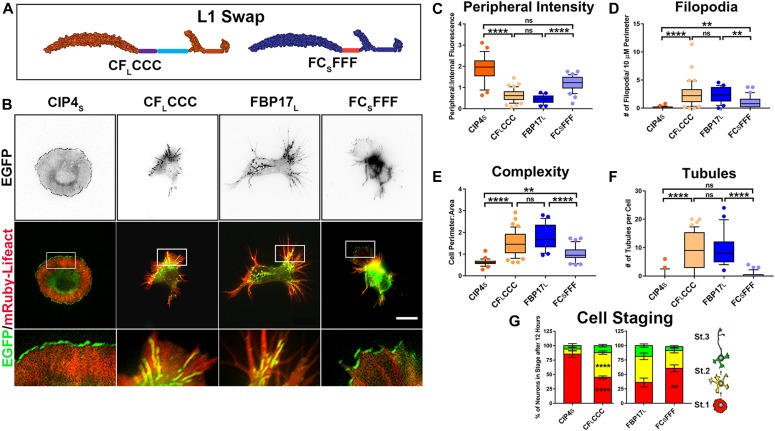Figure 3. Swapping the first linker region of CIP4S and FBP17L reverses localization and function.
(A) Schematic of the L1 domain swaps CFLCCC and FCSFFF. (B) Images of living cortical neurons cotransfected with mRuby-Lifeact and EGFP-labeled protein or chimera at 12 h postplating. (C–F) Quantification of stage 1 neurons, comparing the effects of the L1 swap constructs on peripheral intensity (C), filopodia number (D), cell complexity (E), and tubule number (F) at 12 h postplating. CIP4S-EGFP (n = 24 cells), CFLCCC-EGFP (n = 47 cells), FBP17L-EGFP (n = 23 cells), or FCSFFF-EGFP (n = 37 cells). (G) Stacked bar graph comparing the percentage of neurons in stage (st) 1, 2, and 3 for neurons expressing CIP4S-EGFP (n = 45) versus CFLCCC-EGFP (n = 72) and FBP17L-EGFP (n = 49) versus FCSFFF-EGFP (n = 68) at 12 h postplating. Two-way ANOVA with Bonferroni post-test multiple comparison. *P < 0.05, **P < 0.01, ***P < 0.001, and ****P < 0.0001; ns, not significant. Scale bar represents 5 µm in whole-cell images and 1 µm in insets.

